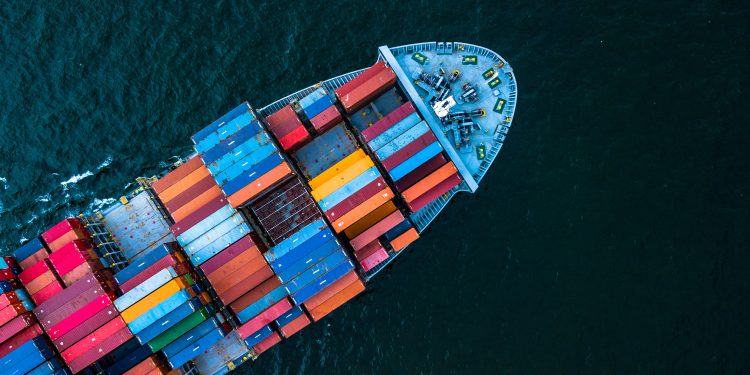American Club’s Regional Business Development Director, V.P-FD&D Manager, Elina Souli delivers a video introduction to the basic functions of Bills of Lading (BsL) & Letters of Indemnity (LOIs) outlining how these are being utilized during the COVID-19 pandemic & highlights some red flags of which to be aware.
Following the outbreak of COVID-19 pandemic American Club has asked to assist operators to deal with a high number of requests received from their charters and traders to either discharge the cargo carried on board without the production of original bills of lading or agree to issue switch bills of lading in exchange of LOI whereby the Charter would undertake to indemnify the carrier against any liability and losses that may arise as a result of them complying with such a request.
Those request impose a heavy burden on shipowners as they interfere with the main function of BsL being a contract of carriage, a document of title and a receipt of goods
says Ms. Souli, adding that from a Club’s perspective, the acceptance of an LOI brings the shipowner outside the standard scope of their P&I insurance as it conflicts with the mutuality, and takes the place of the respective cover.
Nevertheless, IG Clubs appreciate the commercial needs of their assureds and have provided standard LOI wordings in order to facilitate the smooth operation in the course of the supply chain, without however endorsing such a practice.
A bill of lading is a contract issued by a carrier (shipping line), or by the agent, to the owner of the goods shipped, to acknowledge receipt of cargo for shipment.
The document basically states what goods are being shipped, as well as where the shipment is coming from and heading to.
What is happening today
Coming to the current environment, Ms. Souli notes that it is a very common situation that the bills of lading’s progress through the payment chain is slower than the arrival of the vessel at discharge port, and there is a need to facilitate the prompt discharge of the cargo to avoid delays causing demurrage claims and deterioration of the cargo.
The same reality has also triggered a high number of requests regarding the issuance of switch bills of lading to enable the smooth transaction of the bills
Such cases are mostly related with a request to issue the switch bills of lading at a port different than the loading port.
For this reason, it is very important for owner to ensure that the first set of bills of lading is cancelled and returned and that the new set states the loading port and the port of issuance, in order to ensure that there are no grounds for misinterpretation.
Red flags
The red flags that are associated with the acceptance of an LOI in such situation in addition to the fact that the owners’ standard P&I cover will be prejudiced are:
- Risks of misdelivery;
- Risk of having multiple sets of bills of lading in circulation in cases where switch bills of lading have been issued before the first sets of bills have been canceled and returned.
Moreover and given the current financial crisis following the outbreak of coffered 19 pandemic it is of vital importance to ensure the credibility of charters by carrying out a very thorough and diligent investigation.
We do appreciate though that this is a heavy task on owners and in such cases it has always been a recommendation by the IG group that the LOIs should be countersigned by a first-class bank in order to ensure that the owner will be fully secured
Ms. Souli concluded.
What’s on a Bill of Lading?
This depends on the type of the Bill of Lading, but in general the following information should be listed on the document:
- Carrier name
- Signatures from the carrier and the ship’s Master (or legal representatives)
- Details of the goods being shipped (value, count, weight, size, markings/numbers, etc.)
- Date and indication of goods being loaded onto a vessel
- Notation of the port of loading and the port of destination
- Name of the consignee
- Terms and conditions of carriage (or a reference to these)
- Any special instructions for the shipment
https://www.youtube.com/watch?v=FCFaR-1t6QI






























































